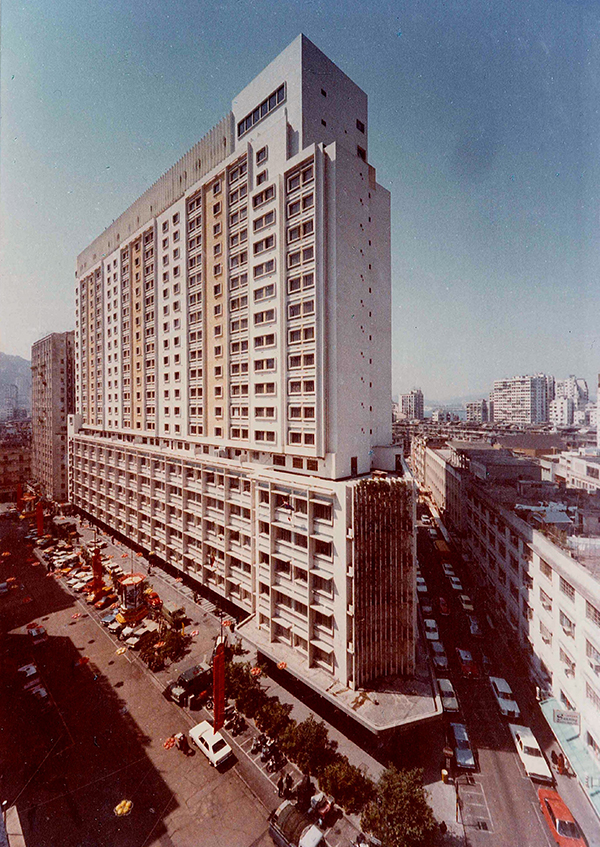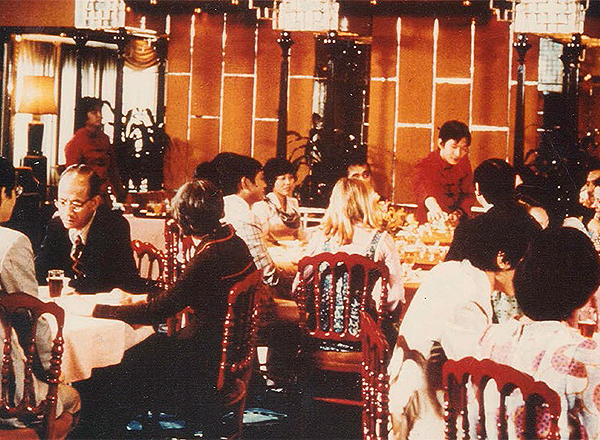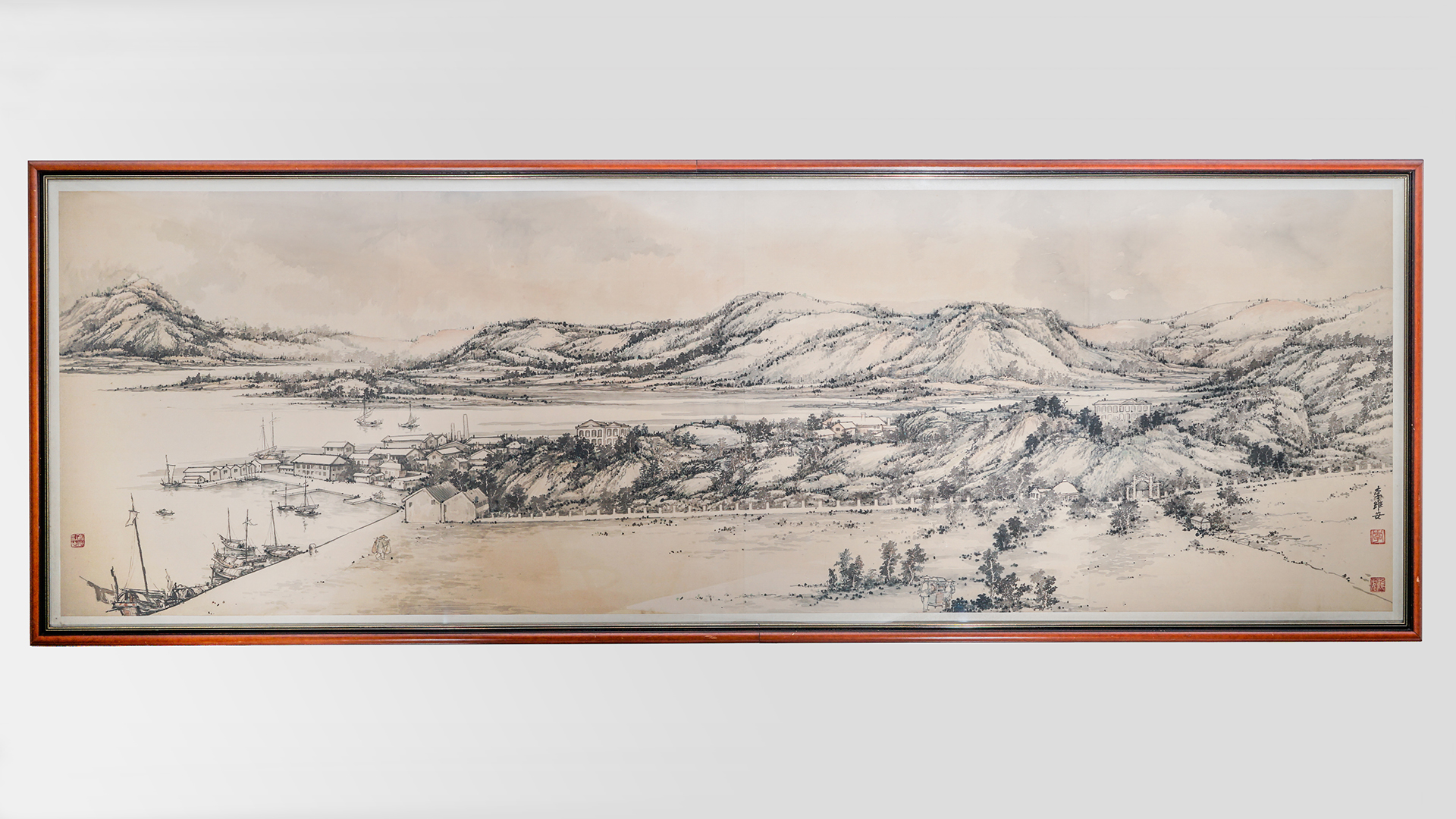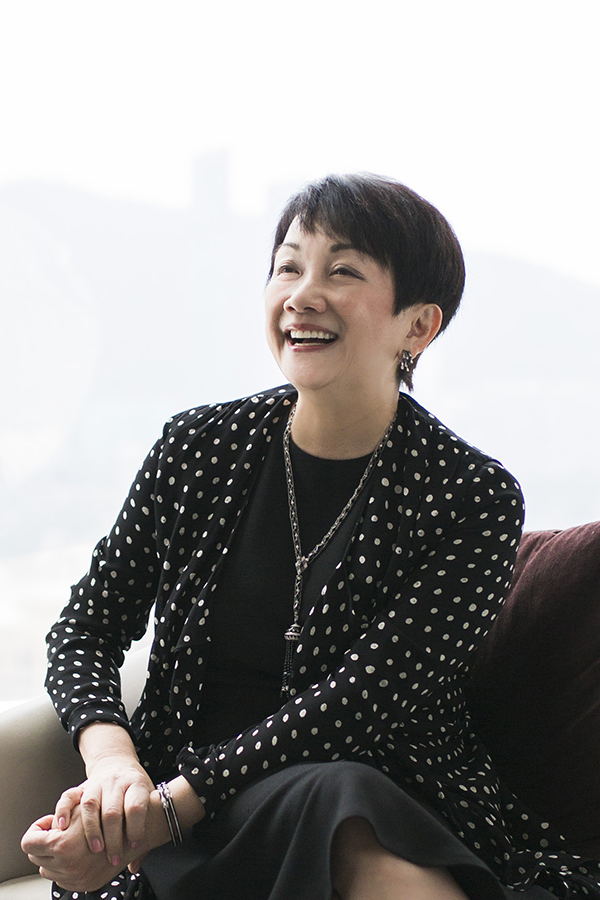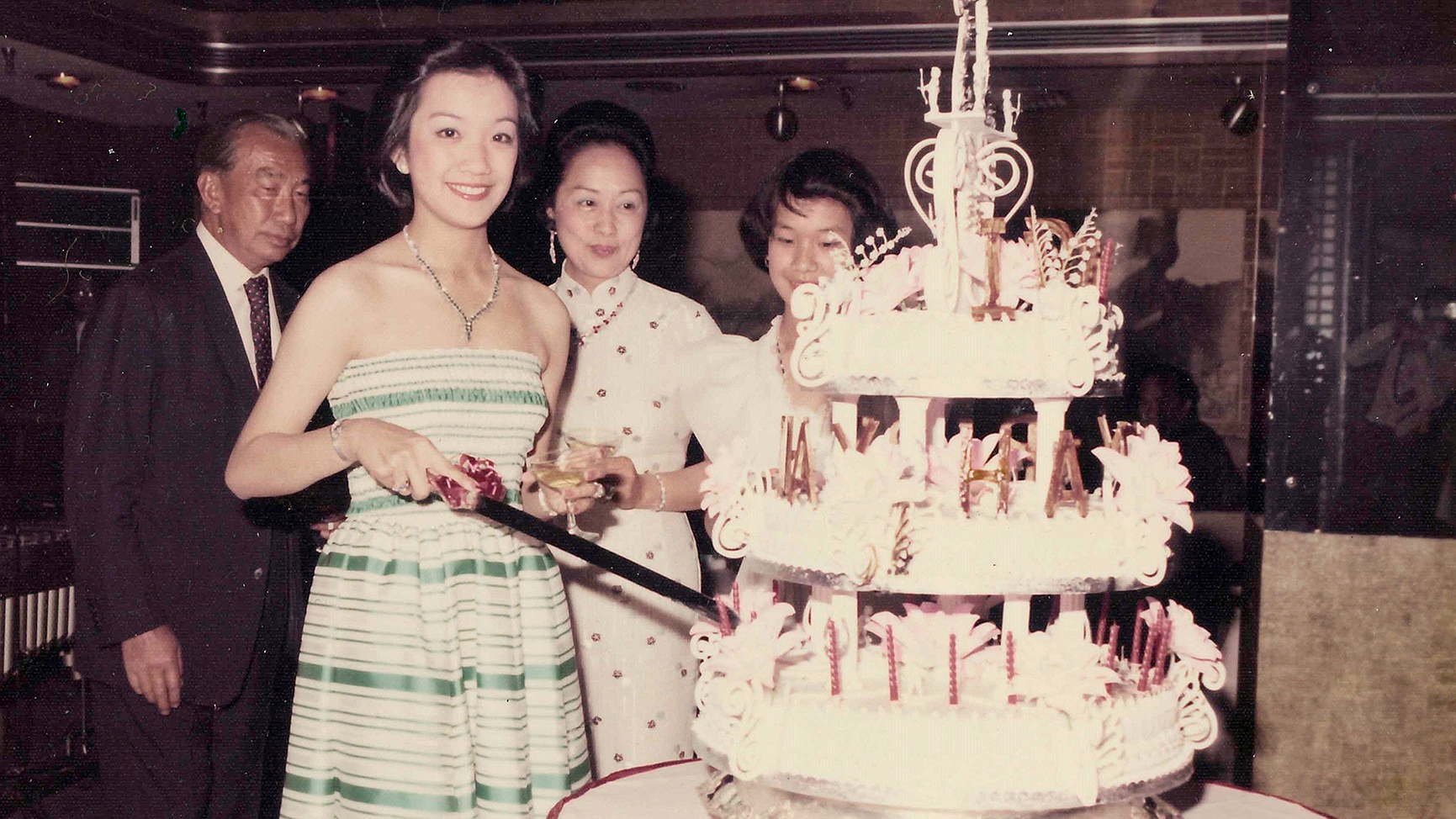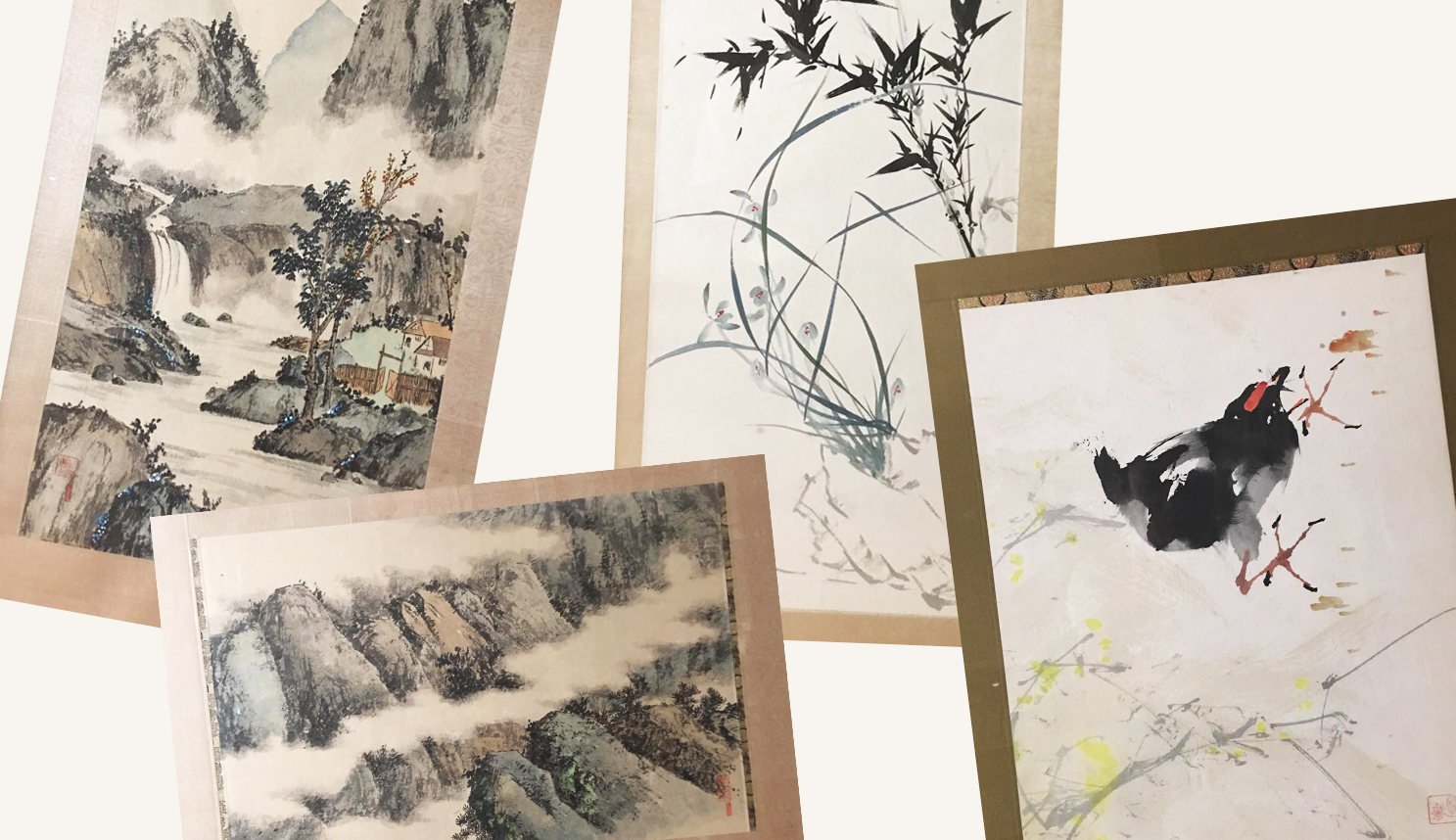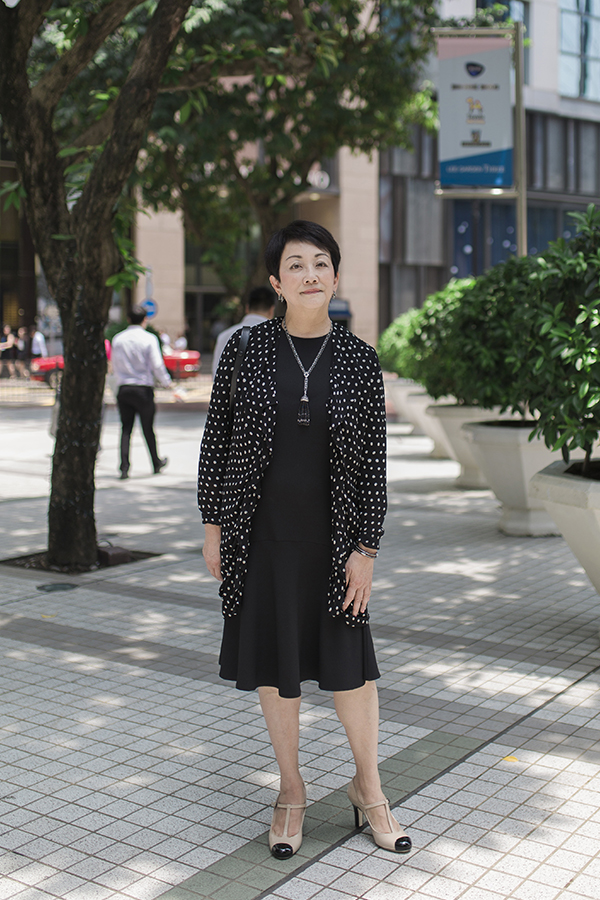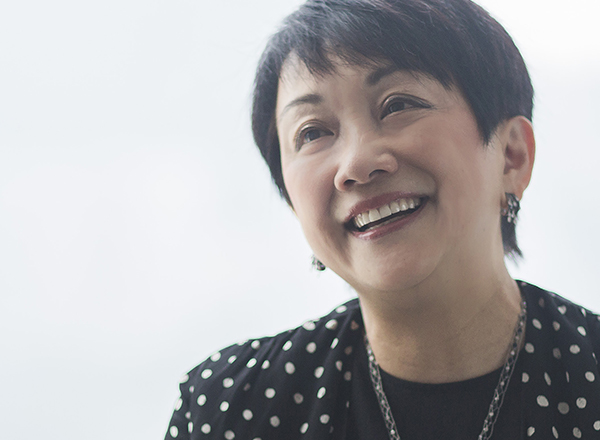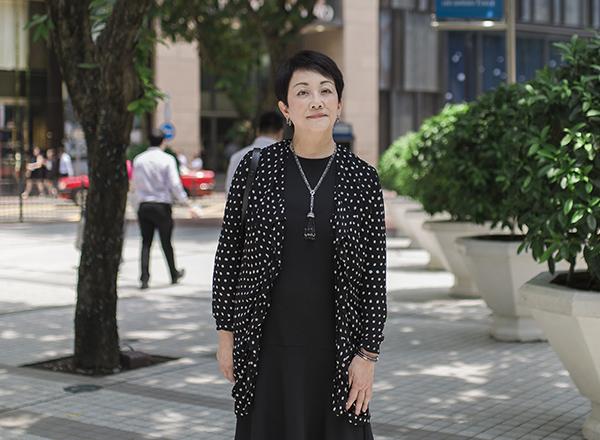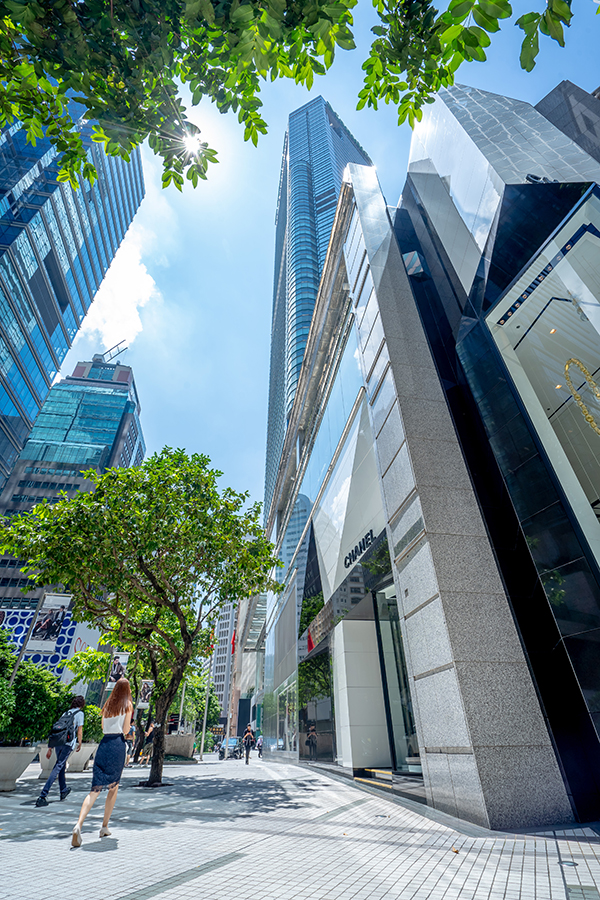“Everyone remembers the Rainbow Room, it was such a special place. I remember the beautiful decor — they had these amazing lotus-styled lights – and the food was exceptional.”
Despite living overseas from such a young age, Irene retained her passion for Chinese culture every time she came back for the holidays. “In my earlier years, I was lucky to come home three times a year – Easter, Christmas and summer. But they weren’t really holidays! It was packed with Classical Chinese lessons, classic Chinese dance, yangqin (or Chinese dulcimer), Chinese painting and calligraphy – and on top of that, I’d have piano and ballet lessons too.” Those lessons served her well. Her passion for music continues and she still practises calligraphy and paints to this day.
In between all the lessons, Irene did look forward to one thing – her birthday which luckily fell in the summer holidays. It was the perfect occasion to get together with friends and family. Her parents celebrated her 21st at The Pavilion Restaurant in the Lee Gardens Hotel. It was a glamorous party with the famous Tony Carpio and his band and everyone danced the night away. But her best memories will always be of the Rainbow Room. “It was my favourite restaurant in Hong Kong, and my father’s too,” she explains. “I think everyone remembers the Rainbow Room, it was such a special place. I remember the beautiful decor — they had these amazing lotus-styled lights – and the food was exceptional. They were famous for their Peking Duck and BBQ chicken livers.”
After her schooling, she went into the finance industry, where she held a host of senior positions in international financial institutions around the world in New York, London and Sydney.
After living in Australia for over 30 years, she returned to Hong Kong to lead Hysan Development. “Coming back six years ago triggered many memories for me. Having been away for so long, naturally Causeway Bay had changed so much. What is interesting however, is that Causeway Bay has managed to change right before my eyes even in the past six years. I think we have completely transformed it.”
